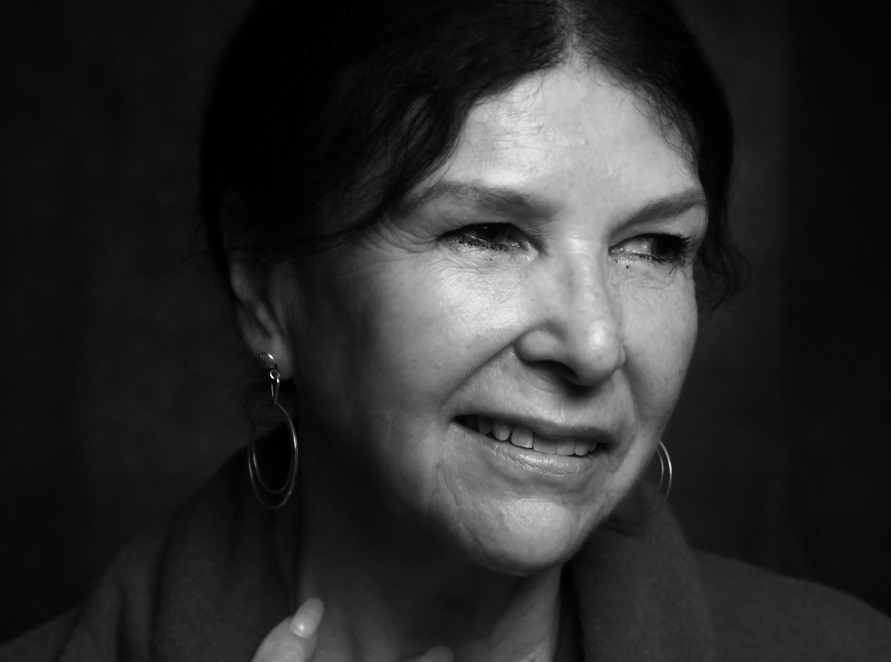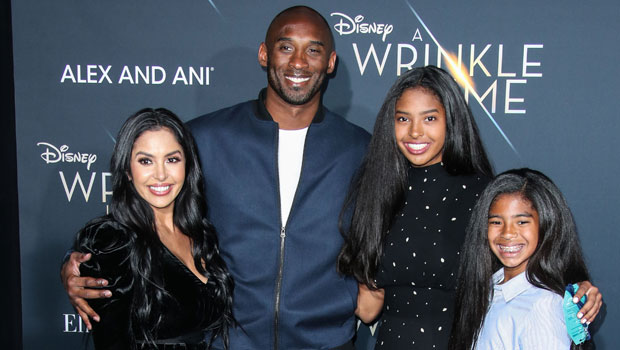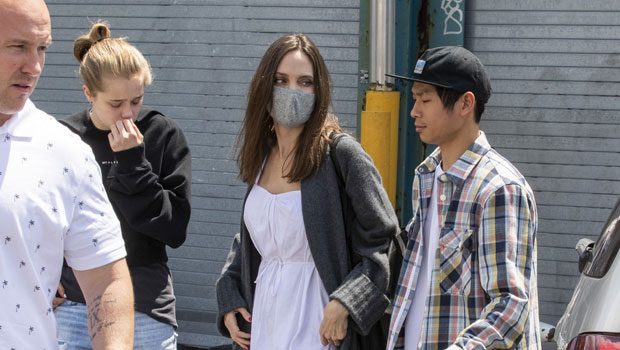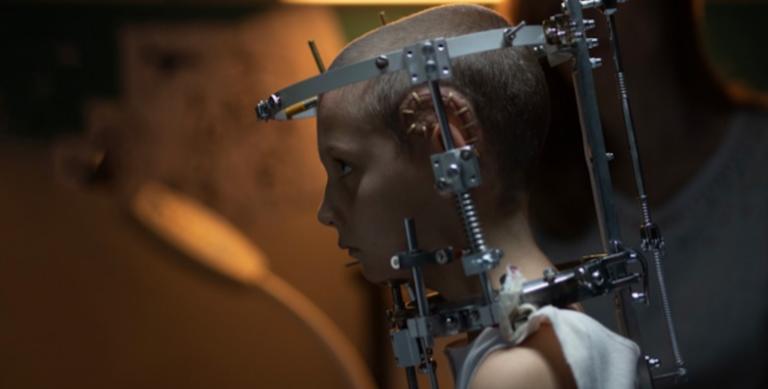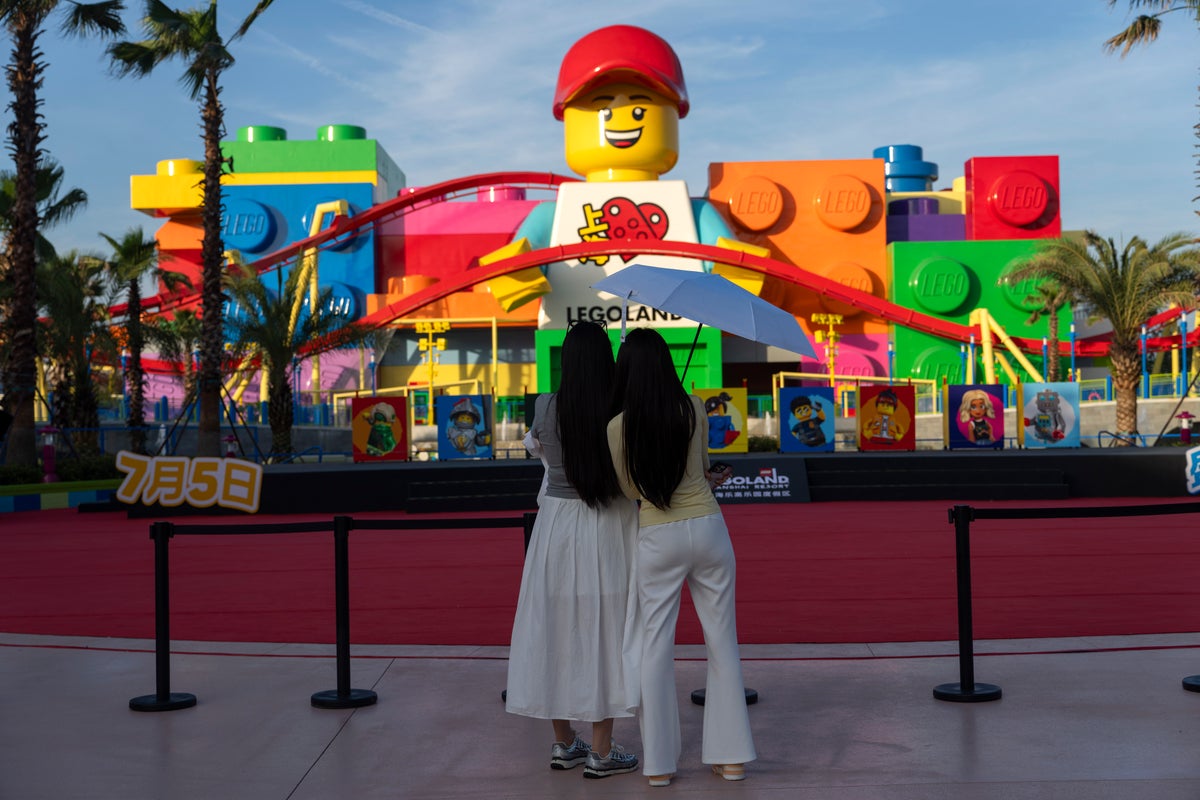Gigi Gaston Talks “9 Bullets,” Her Action Pic About Second Chances Starring Lena Headey
Olympian turned writer-director Gigi Gaston has sold screenplays to Universal, Miramax, New Line, and Fox, and directed music videos, features, and an award-winning Sundance documentary. Gaston made her directorial debut with Sundance Channel documentary “The Cream Will Rise,” showcasing...
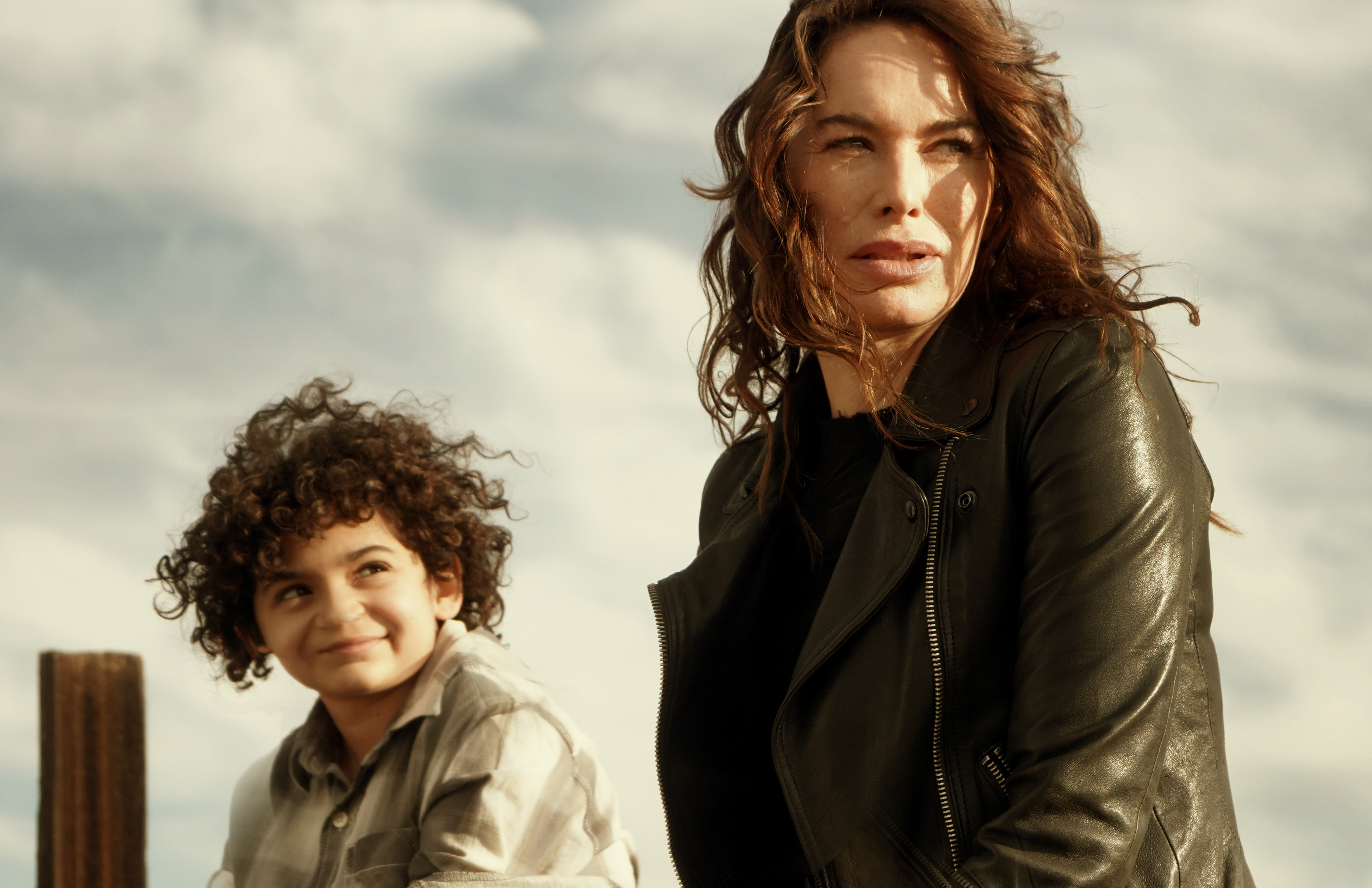
Olympian turned writer-director Gigi Gaston has sold screenplays to Universal, Miramax, New Line, and Fox, and directed music videos, features, and an award-winning Sundance documentary. Gaston made her directorial debut with Sundance Channel documentary “The Cream Will Rise,” showcasing the elusive, Grammy nominated singer-songwriter Sophie B. Hawkins. In 2014, she wrote and directed the stage play “Room 105: The Highs And Lows Of Janis Joplin,” which starred Hawkins in the title role and was held over for an extended six-month run in Los Angeles to sold-out audiences.
“9 Bullets” is now in theaters and available on demand.
W&H: Describe the film for us in your own words.
GG: It’s a movie about second chances, and how you think your second chance is one thing but it’s another.
A burlesque dancer is about to retire and make a living off her mind instead of her body, as a writer with a new book deal. While she thinks that her second chance in life is the book deal, you learn at the end of the movie her second chance was something completely unexpected.
W&H: What drew you to this story?
GG: The second chance theme and the notion that you don’t know where or when your second chance is coming. I felt that we all need a second chance in life. Look at the world around us: the hatred, the pandemic, and now a possible World War III. Our mother earth, as well as humans, needs a second chance and I believe in them for us all.
Also, it’s about making the right choice no matter what. The protagonist, Gypsy (Lena Headey), made the right choice, begrudgingly, in helping that kid, and will reap the benefits from it. I think life is all about choices we make, some good and some bad. It’s also about overcoming and healing your past, which I try to do daily. We all get stuck in the past.
It’s also a movie about survival, and how children survive differently through trauma, as Sam (Dean Scott Vazquez) shows us. It has a theme of motherhood, and the different manifestations of that word, good, bad, soft, or hard. Maternal love and mentorship are central themes, with the character of Lacey (Barbara Hershey), to Gypsy. Even Tasmin (La La Anthony) decided to go back home to her mother and start again! She has had a hard life and going back to her mother is her second chance for love! Does she get it? Eddie (Martin Sensmeier) wants a second chance and to get out of the hit business. He has such nuance in moments [at times].
W&H: What do you want people to think about after they watch the film?
GG: I want people to feel that they too can have a second chance regardless of age, state of being, race, circumstances, etc. Believe you can and you will! My mother used to say to that me, so I wanted to give that grain of hope to people who are teetering on giving up. I have been there, and I know it’s a big ask. But change starts with a ripple, and with this pandemic taking us down, and now this war, we need second chances in life. You never know where that second chance is coming from, and guess what, it can happen at any age.
I want people to see in my characters a part of them. Movies always helped me as a kid to get through the tumultuous parts of my childhood. Why was “Rocky” such a great movie? Because we all saw ourselves in Rocky, wanted to be him and wanted him, the underdog, to win. I have to tell you that movie inspired me, and when I left that theater, I went back to something I was almost quitting on and succeeded. Being the underdog doesn’t mean we can’t win!
W&H: What was the biggest challenge in making the film?
GG: There are always many challenges. I made a documentary film and UPS lost all the footage, as in the old days of Super 16! That was a nightmare. I’d say on this, the small budget, and the very few days we had to shoot such a big movie, were the challenges. We shot 205 scenes in 19 days during the height of Covid. My DP, Byron Werner, made this happen along with his camera operator, Jarell. It was grueling. The lack of budget made me have to cut out a lot of kick-ass action I wrote for the film and combine and hone the main characters. But, then again, I had such a great cast, and their chemistry was overwhelming together, which overcame all the action and my focus. The actors and I were on the same page and open to gifts from the universe. They made overcoming the challenges easy.
There was one person who really didn’t see through the lens the rest of us were looking through, and that always makes it very hard, especially if they are in a place of power.
Post-production was a bigger challenge than shooting. I was first given three weeks to do my cut with my amazing editor, Eve Doherty, in the UK. We worked wild, crazy hours, all on the phone and on Splashtop. Eve is a great talent, but it was definitely hard for us not to be in the same room and in different countries. After all this was Covid, and no one was sitting in a room with anyone, and we just said, “We can do this!”
Between Lena and producer Cassian Elwes standing behind me, I was granted more editing time. Lena and Cassian were both so supportive of me, and both helped me get my vision and gave me great notes. Lena is just the most amazing woman I have ever met. I will always be grateful to them as well as my manager, Bettina Viviano, and one of our EPs, Jane Holzer, who was very protective of me getting more the time in the edit room. Having time editing is essential.
W&H: How did you get your film funded? Share some insights into how you got the film made.
GG: I met Gary Pearl, who knew me as a writer when he was an agent at William Morris, via Facebook. He loved the script and thanks to him he brought it to Cassian Elwes who then brought so many elements together. Cassian is a brilliant man, very creative, and everyone seems to admire him, me included. I feel his name attached to my project [helped our casting team, Mary Vernieu and Bret Howe, get the talent to jump on board] because he makes successful movies and managers know Cassian delivers.
A friend of mine read the script and said she wanted to invest, as well as another man I knew that I met via Scott Carlson, my other manager, an investor who wanted to be in the film business. Gary had a friend that invested as well, and I think he or Cassian was friends with the bank, and it all came together.
Of course, exec producer Mark Damon had a big part of the funding as well and was very much involved. I am grateful to all who believed and got behind the movie.
W&H: What inspired you to become a filmmaker?
GG: I love stories. I love to get lost in a book, or a movie, or a story a friend is telling. I love overcoming hardships. I started as a writer and told stories of people who overcame. I started writing on a tack trunk at a horse show in Phoenix and had this story in mind about a tomboy that I eventually sold to Miramax for Drew Barrymore seven years later! I am very visual, so I think it came naturally, and I used to give pep talks to friends and use stories to get them to see that they too could do this. See yourself doing this. Nothing can stop you but you. I have to remind myself of that daily!
I didn’t become a director until I met Sophie B. Hawkins in 1996 and wanted to do a documentary about her and she said, “Okay — do it. I tour in a week.” It all happened so fast, and I didn’t know anything about anything. I was terrified. So, I jumped in, hired a DP, and found producers Colleen Camp and Bryan Bantry. I had no idea what I was going to make but knew there were some very interesting lyrics to her music that had many layers, as did she as a human being.
So, I started digging when the camera was on and wow, what happened was just amazing. I uncovered a whole world of sexual abuse, and our film was heart, raw emotion, and truth. The film went around the world, opening film festivals and really helping people who had shoved all their abuse away. The letters of thanks I got on that film were all I needed in my life to know the film had helped someone. It was amazing, and I thank Sophie every day I walk on a set, in my mind.
A funny story about that movie, “The Cream Will Rise,” is that I was complaining about the DP after about a week in and then Sophie said, “Guess what? Stop complaining and go learn to shoot a camera. No one is allowed now to shoot me but you.” I was like, “Sophie, I can’t even take a polaroid.” She said, ”You have a week.” I learned, and I was pretty darn good with a camera. If you see the movie, it’s beautiful and poetic, and even Sydney Pollack asked me when I met him who my DP was because he loved the film. Of course, I had someone load the Super 16 camera etc., then framed the shot and got what I wanted.
W&H: What’s the best and worst advice you’ve received?
GG: The best advice came from two different people. One was the director George Cukor (“My Fair Lady,” “A Star Is Born,” “Let’s Make Love,” “Born Yesterday,” “Gaslight,” and so many great films), who I met at a party at 18. We started talking because I was dressed like a horse girl, was fresh from the barn, and I was different than anyone at the party. Most likely I had straw in my hair, who knows. I was always rushing here and there as a kid. He said, “Everyone stays in school too long. If you want to write, go out and do it. If you want to direct, go and do it! It’s all in the doing — that is where you learn and grow as an artist! School can’t teach you this.”
And my mother, a half-hour before she passed away, gave me the second best advice of my life. She came out of her fog and looked me straight in the eyes, grabbed my hand, and said, “Be strong, don’t quit,” and then slowly slipped away to heaven in my arms. It was profound.
I have had so much bad advice in my life, as we all get. And the worst advice had to do with my personal life and was the worst advice I ever took and acted upon. People have agendas so it’s very important you see through them. All I can say is if it’s negative do not listen to the negative, or to people who make you doubt you. It doesn’t serve you. I have lost a lot of sleep when I didn’t need to and it’s all on me. I listened.
W&H: What advice do you have for other women directors?
GG: Well, I have a different viewpoint on this. I never thought of myself as female, or gay, when directing. I think directing is hard work whether you are a gay or straight male, or female, nonbinary, trans, etc. A director must focus, keep one’s eye on the ball, and not give up. A director must have a supportive team around them, and when there is one team member who is a negative challenge, you have to disengage, wish them well in your hearts, and then surround yourself with the ones who believe in you and treat you with respect. Water the plant, not the weeds.
As Bette Davis said, “Attempt the impossible in order to improve your work.” Every movie presents impossible hurdles, but we all get over them and it’s how you choose to do it that counts.
W&H: Name your favorite woman-directed film and why.
GG: There are so many. I love the films of Lina Wertmüller, Lesli Linka Glatter, Kathryn Bigelow, Patti Jenkins, particularly “Monster,” Mira Nair, Dorothy Arzner, Barbra Streisand, Nora Ephron, Sofia Coppola, Dee Rees, and Emerald Fennell.
W&H: How are you adjusting to life during the COVID-19 pandemic? Are you keeping creative, and if so, how?
GG: Work, work, work! I am working on three different projects, and about to go into prep on a movie Cassian Elwes is producing that I am directing.
And I go to the gym and take vitamins and am grateful. Sounds corny, but it’s true!
W&H: The film industry has a long history of underrepresenting people of color on screen and behind the scenes and reinforcing — and creating — negative stereotypes. What actions do you think need to be taken to make it more inclusive?
GG: I think we are doing this now — recognizing the problem and fixing it. We need to focus on the solution and be positive. There is no positive without negative, and no night without day. It’s a balance. Now that we have become aware, studios and networks must make programs inclusive and diverse!

 Aliver
Aliver 







